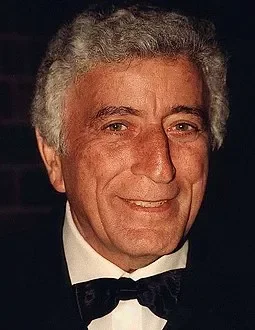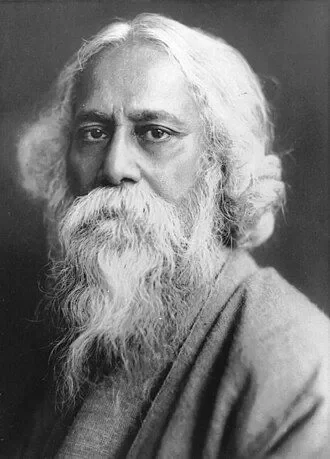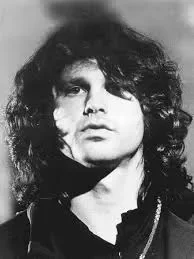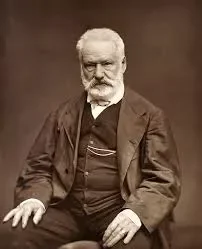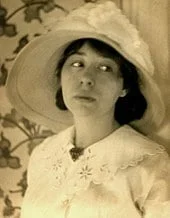Real Celebrities Never Die!
OR
Search For Past Celebrities Whose Birthday You Share
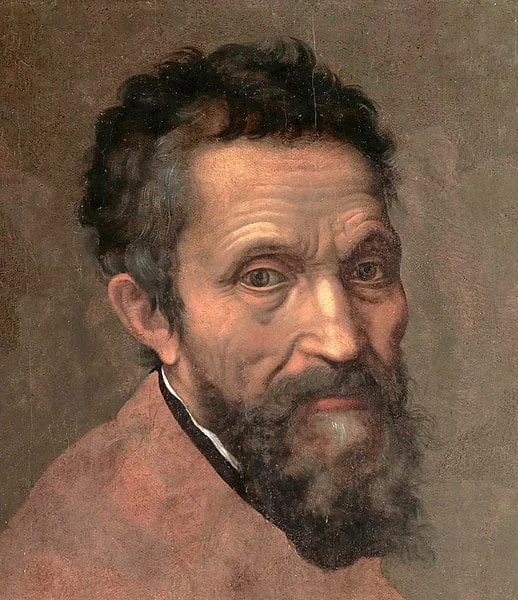
source:wikipedia.org
Michelangelo
Birthday:
06 Mar, 1475
Date of Death:
18 Feb, 1564
Cause of death:
Unknown
Nationality:
Italian
Famous As:
Architect
Age at the time of death:
88
Introduction
Michelangelo Buonarroti, born on March 6, 1475, in Caprese, Italy, was a giant of the Renaissance. Renowned for his mastery in art, sculpture, and architecture, he shaped the course of Western art with his groundbreaking achievements. His works are celebrated for their technical brilliance, emotional depth, and lasting influence.
Early Life and Education
Michelangelo was born into a family of modest means in Caprese. Although initially sent to study grammar in Florence, his passion for art soon emerged. Recognizing his talent, his father allowed him to apprentice with the painter Domenico Ghirlandaio. During his apprenticeship, Michelangelo developed his skills in drawing and fresco painting.
At 15, his talent caught the attention of Lorenzo de’ Medici, ruler of Florence and a notable patron of the arts. Under Lorenzo’s guidance, Michelangelo studied classical art and philosophy, which deeply influenced his work. The Medici household became a nurturing ground for his artistic growth.
Early Masterpieces: “Pieta” and “David”
Michelangelo’s early sculptures demonstrated extraordinary skill and emotional power. At just 24, he completed “Pieta”, a marble masterpiece that depicted the Virgin Mary cradling the body of Christ. The work’s lifelike detail and emotional resonance earned him instant acclaim.
Shortly after, he sculpted the monumental David, a 17-foot marble statue symbolizing Florentine strength and independence. This iconic piece solidified his reputation as one of the greatest sculptors of all time. Michelangelo’s ability to capture human anatomy and emotion in marble set new standards in art.
The Sistine Chapel Frescoes
In 1508, Pope Julius II commissioned Michelangelo to paint the ceiling of the Sistine Chapel in Vatican City. Despite initial reluctance—Michelangelo considered himself primarily a sculptor—he accepted the challenge. Over four years, he created a stunning series of frescoes depicting biblical narratives, including “The Creation of Adam”.
The ceiling frescoes showcased his mastery of anatomy and perspective. His innovative use of dynamic poses and vivid expressions transformed the chapel into a visual masterpiece. The project remains one of the most celebrated achievements in art history.
Architectural Achievements
Michelangelo’s genius extended beyond sculpture and painting to architecture. His design for the dome of St. Peter’s Basilica in Vatican City is one of his crowning achievements. Combining engineering brilliance with artistic vision, the dome remains an enduring symbol of Renaissance architecture.
He also contributed to the design of the Laurentian Library in Florence and the Medici Chapel, showcasing his ability to integrate functionality with aesthetic harmony. These projects reinforced his reputation as a versatile and innovative artist.
Personal Life and Relationships
Despite his professional success, Michelangelo led a reclusive and solitary life. He never married, dedicating himself entirely to his craft. His letters reveal a man deeply committed to his work, often consumed by the demands of his art.
However, he formed lasting friendships with contemporaries like Leonardo da Vinci and Raphael. These relationships reflected a shared pursuit of artistic excellence, despite occasional rivalries common among Renaissance artists.
Legacy and Lasting Impact
Michelangelo’s contributions to art and architecture transformed the Renaissance and influenced countless artists. His works, characterized by anatomical precision, emotional depth, and classical inspiration, set a benchmark for artistic excellence.
The Pieta, David, and Sistine Chapel frescoes remain timeless masterpieces, admired by audiences worldwide. His innovative techniques and bold artistic vision continue to inspire artists and scholars. Michelangelo’s enduring influence cements his place as one of history’s greatest creative minds.
Michelangelo's Quote's
Final Years
In his later years, Michelangelo continued to work on significant projects, including the completion of St. Peter’s Basilica. Despite physical challenges, his passion for art remained undiminished. He passed away on February 18, 1564, in Rome at the age of 88.
Michelangelo’s remarkable life and work epitomize the spirit of the Renaissance. His relentless pursuit of artistic perfection left an indelible mark on the world.
Conclusion
Michelangelo’s life is a testament to human creativity and determination. From his early days in Florence to his monumental achievements in Rome, he navigated the complexities of Renaissance Italy with unwavering focus. His legacy as a sculptor, painter, and architect endures, reminding us of the transformative power of art and the brilliance of one of history’s greatest minds.
Name:
Michelangelo
Popular Name:
Michelangelo
Gender:
Male
Cause of Death:
Unknown
Spouse:
Place of Birth:
Caprese, Republic of Florence
Place of Death:
Rome, Papal States
Occupation / Profession:
Personality Type
Advocate: Quiet and mystical, yet very inspiring and tireless idealists. He was willing to do any level of sacrifice to achieve the perfection he wanted.
He often slept in his clothes and boots, ready to resume work immediately upon waking.
Michelangelo was known for his eccentric habits, including his preference for solitude and long periods of intense work.
Michelangelo's understanding of human anatomy greatly influenced his artwork. He conducted dissections on cadavers to gain a precise understanding of the musculature and structure of the human body, contributing to the lifelike quality of his sculptures.
Michelangelo, in addition to his renowned sculptures and paintings, was a skilled architect. He designed the dome of St. Peter's Basilica in Rome, a masterpiece of Renaissance architecture.
Patronage of the Medici Family
Selection as Architect of St. Peter’s Basilica Dome
Commission by Pope Julius II
